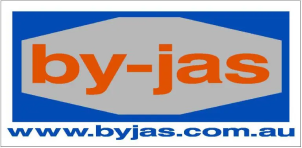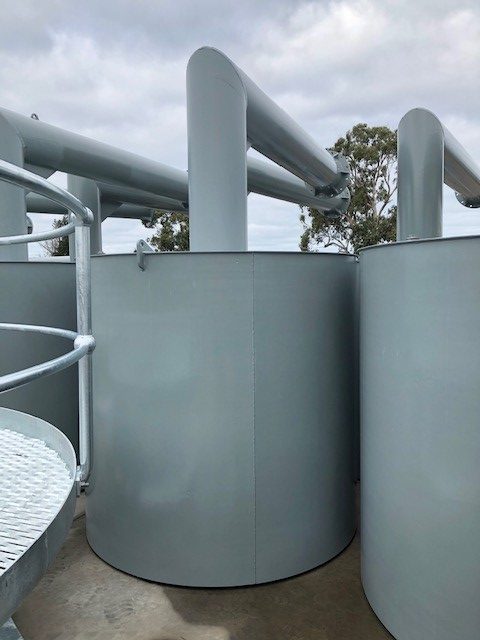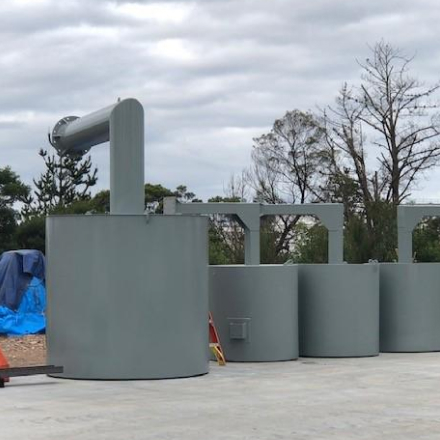Choosing the right wastewater equipment manufacturer is essential when it comes to your wastewater business. You will understandably want to know that whoever you choose offers high-quality equipment, viable solutions, great customer support and systems that are going to meet the demand of your business. If you’re in the middle of choosing a wastewater equipment manufacturer for your business, it can be natural to be overwhelmed by your choices. You may want to know if there are any benefits to choosing an Australian company. Read on to discover the top 3 reasons you should choose an Australian wastewater equipment manufacturer.
1. Support local businesses
When you choose an Australian wastewater equipment manufacturer you are investing in your local economy and helping to support local businesses. By shopping and buying locally you are putting money directly back into the economy, which can help the area thrive. Local Australian businesses are often independently owned and operated, allowing Australian business owners to benefit directly from you choosing an Australian wastewater equipment manufacturer.
2. Local equipment manufacturers are there to support you
3. Australian wastewater equipment manufacturers are some of the best in the world Undoubtedly, Australian wastewater equipment manufacturers are some of the most talented in the world, producing equipment that is of a high quality that you can trust. The Australian wastewater equipment manufacturers utilise some of the most advanced equipment in the world to ensure that wastewater companies are able to deal with wastewater in a safe and environmentally conscious way. Your local wastewater equipment manufacturers will not only be able to visit your business or residence personally to answer any questions you might have, but they will be able to assess your needs and help you choose the right system. With top-quality equipment and manufacturers who know what they are doing, you cannot go wrong choosing to buy Australian.
Get in touch with our team of experts today
If you’re in the market for a new wastewater equipment manufacturer and you have decided that you are going to work with a local Aussie business, then today. By-Jas have been in the business for over 35-years and our family-owned business are the local wastewater system experts you can trust. What are you waiting for? Get in touch with our team today by visiting www.byjas.com, or call us on (03) 5979 1096, and let us know how we can help you out. We service across Australia, regional town centres, remote regional areas, and main capital cities.
The wastewater treatment equipment manufactured by By- Jas Engineering are fully compliant with environmental and health standards. This means that this wastewater equipment manufacturer is able to meet the water quality standards required for treated liquid waste or for use as recycled water. We also meet the level of quality of water that are applicable to water releases to the environment.
Today, more and more Australian homes are serviced by a wastewater treatment plant that are built, operated, and maintained by by-jas Engineering. This proves that businesses and their teams have started to place their trust in Australian wastewater equipment manufacturers.
We would like to share the credit with our friendly expert team that help us provide quality custom made wastewater treatment solutions. Our people have extensive knowledge and experience; when it comes to treatment of sewage/liquid waste, aerator system in lakes and rivers and sludge dewatering or draining. We have the necessary skills at working within your budget for on-site treatment systems and other projects and we do not compromise on the quality of our work and after sales service.
If you need additional information or you have questions that you want answered, please contact us. We will make ourselves available, as soon as you get in touch and we will be happy to sit down with you or arrange site inspections and free quotes.
Call us on 03 5979 1096 or email us on byjas
Call us now and let’s discuss your project.




